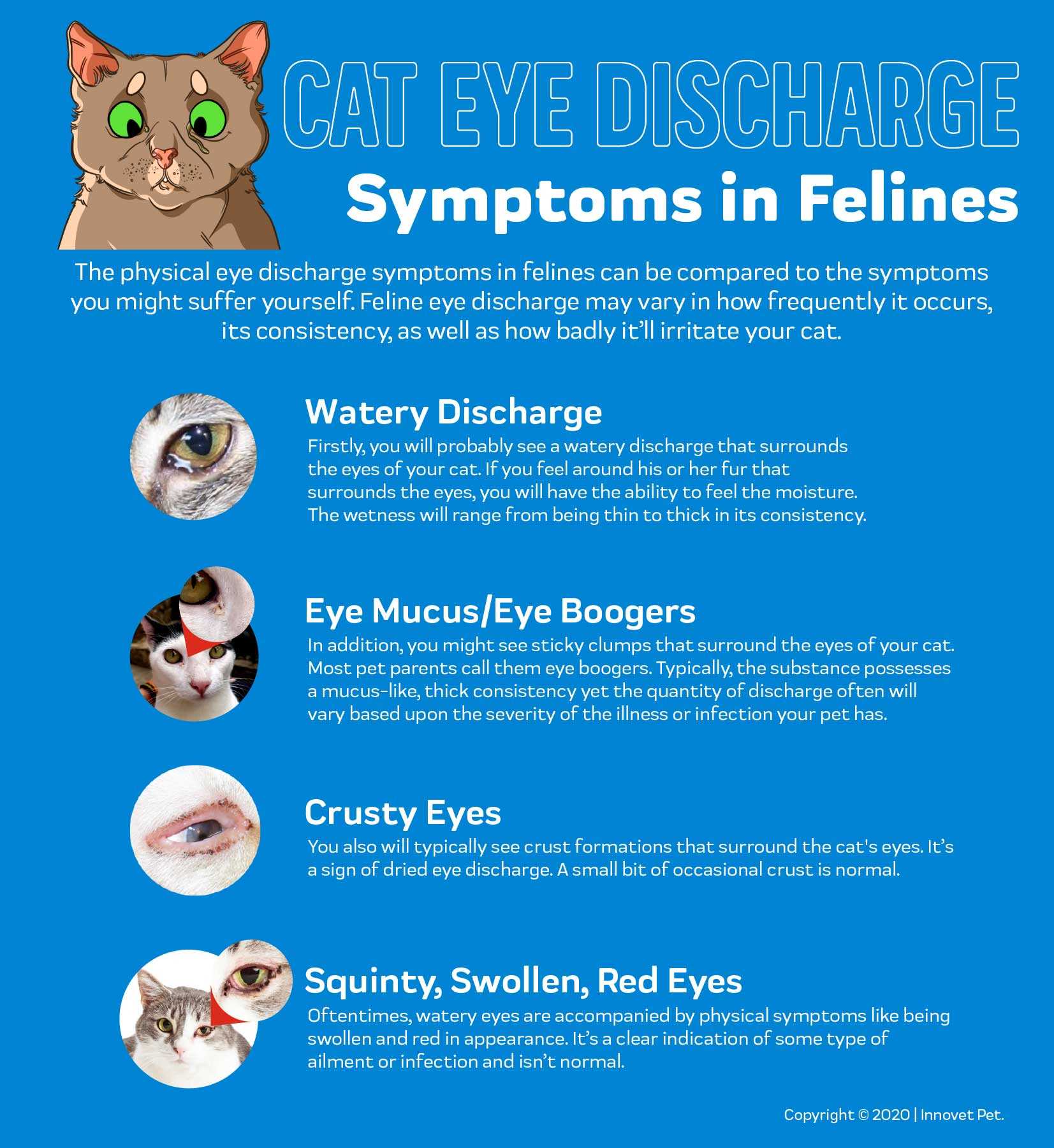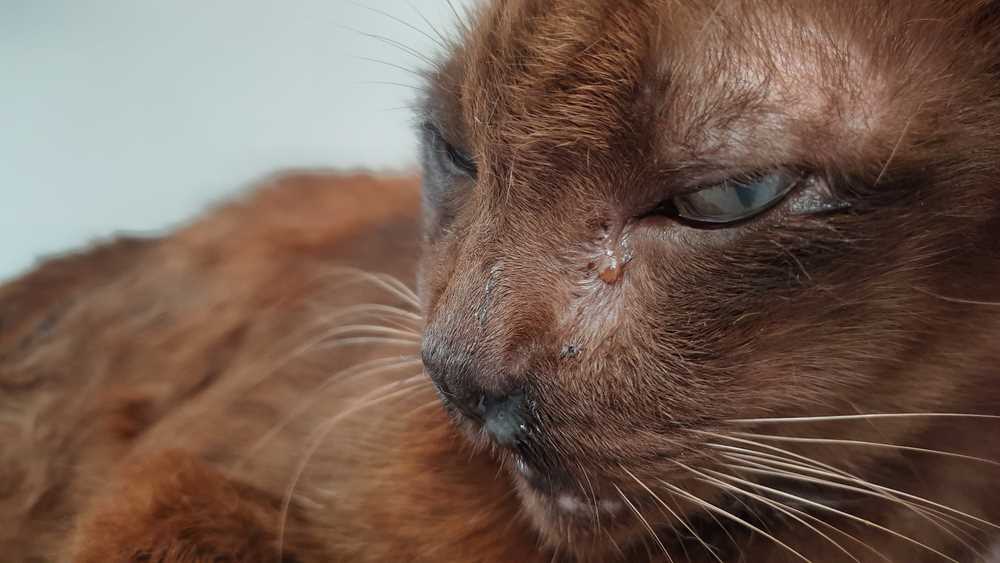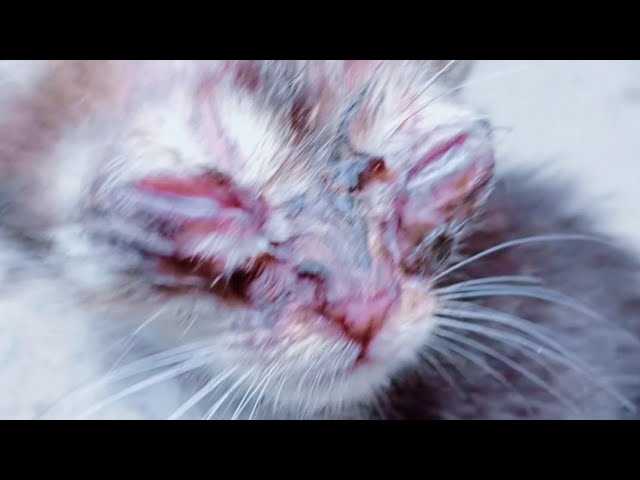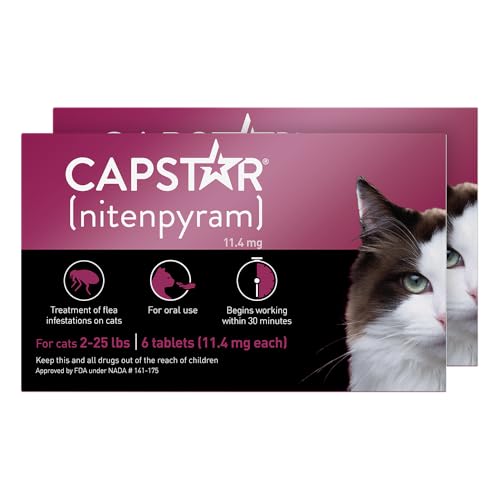



To tackle unsightly residue around my peepers, I recommend using a soft, damp cloth or cotton pad. Warm water works wonders; just make sure it’s not too hot! Gently wipe away the buildup, moving from the corners toward the outer edges. This method keeps my fur clean and prevents discomfort.
If the accumulation persists or appears unusual, a diluted saline solution can be beneficial. Mix one teaspoon of salt in a cup of boiled, cooled water. Soak your cloth in the mixture and repeat the gentle wiping process. This helps soothe any irritation that might be causing the excess fluid.
Regular maintenance is key. Daily checks and cleanings can prevent more significant issues down the line. If you notice any discoloration or persistent irritation, visiting a vet is a wise choice to rule out underlying health concerns.
Cleaning Techniques for Eye Gunk
First, gather a few supplies: a clean, soft cloth or cotton ball, lukewarm water, and a gentle, vet-approved saline solution if needed. Dip the cloth or cotton ball in the lukewarm water, ensuring it’s damp but not dripping.
Gently wipe away the crusty residue from the corner of my peepers, moving from the inner corner outward. Use a fresh section of the cloth or a new cotton ball for each swipe to avoid spreading any potential infection. If the gunk is stubborn, consider using the saline solution for a little extra help.
Routine Maintenance

Incorporate this cleaning into our regular grooming sessions. Keeping my facial fur trimmed can also minimize irritation and help reduce buildup. If you notice persistent or excessive residue, a trip to the vet might be necessary to rule out any underlying issues.
Observation Tips
Keep an eye on my overall behavior. If I seem uncomfortable, squint more than usual, or if the discharge changes color or consistency, it’s best to consult a professional. Regular checks help catch any problems early and ensure I stay happy and healthy.
Understanding the Causes of Feline Ocular Secretions
It’s important to recognize that various factors can lead to unwanted fluid accumulation around the eyes. Here are some common culprits:
- Allergies: Environmental irritants such as pollen, dust, or mold can trigger reactions, resulting in excess fluid production.
- Infections: Bacterial or viral infections may cause discomfort and increase discharge, often accompanied by redness or swelling.
- Foreign Objects: Small particles or irritants getting lodged in the eye can provoke a response, leading to watery or mucous-like secretions.
- Blocked Tear Ducts: If the drainage system is obstructed, tears may overflow, appearing as discharge around the eyes.
- Conjunctivitis: Inflammation of the conjunctiva can cause significant irritation, resulting in noticeable secretions.
- Underlying Health Issues: Conditions like feline herpesvirus or other systemic illnesses can manifest through eye symptoms.
Monitoring these factors closely can help in identifying the root cause of the issue. If the problem persists, consulting a veterinarian is advisable for proper diagnosis and management.
Gathering the Necessary Supplies for Cleaning
To tackle the task effectively, I recommend collecting a few key items beforehand. You will need sterile gauze pads or soft cotton balls, which are gentle and absorbent. Opt for a non-irritating saline solution or warm water for moistening the pads. Keeping a small dish for the solution can help with convenience during the process.
Additional Items
A clean towel can be handy for any spills or messes. If your human has some pet-safe wipes, those can be useful as well. Make sure to have treats nearby; a little reward can make the experience smoother for both of us. Lastly, a pair of gloves might be beneficial, especially if there’s any concern about cleanliness.
Preparation Tips
Before starting, ensure the environment is calm. A quiet space will help keep me relaxed, making the whole process easier. Having everything ready will allow for a quick and effective session, minimizing any fuss.
Step-by-Step Guide to Remove Unwanted Residue from My Vision
First, ensure your paws are clean. Wash them thoroughly with soap and water before touching my delicate features.
Gathering Supplies
Prepare the following items:
| Item | Purpose |
|---|---|
| Soft cloth or cotton balls | To gently wipe away the residue |
| Warm water | To moisten the cloth or cotton |
| Pet-safe saline solution | To help soothe irritation |
Cleaning Process

Moisten your cloth or cotton ball with warm water. Gently approach me, ensuring I’m calm. Wipe the corners of my orbs carefully, moving from the inner to the outer edge. If the residue is stubborn, apply a few drops of saline solution to the cloth before wiping.
Afterward, praise me with gentle words and maybe a treat. This helps create positive associations with the process. If I resist, take a break and try again later.
Repeat this routine as needed, and keep an eye on any changes. If the residue persists or there’s redness, consult a veterinarian.
Soothe Your Feline During the Cleaning Process
Wrap me in a soft towel, leaving only my head exposed. This helps me feel secure and reduces my chances of squirming away. Gentle, calming voices work wonders; speak softly to me throughout the process. A treat or two can also distract me from the task at hand, making it feel less daunting.
Consider using a favorite toy or a gentle brush to keep me occupied. The familiar scents and motions can provide comfort while you address any irritation. If I seem anxious, take a break and let me explore a bit. This can ease the tension and help me relax before continuing.
Using a warm, damp cloth will make the experience more pleasant. Ensure the temperature is just right, as I can be sensitive. After you’re done, reward me with some affection or a little playtime. This reinforces positive feelings about the care routine.
If you’re curious about keeping my environment healthy, check out this resource on how to lower phosphates in aquarium. A clean space contributes to my overall well-being, making those cleaning moments smoother for both of us.
Signs That Indicate a Vet Visit is Needed

If you notice any of the following symptoms, it’s time to seek professional advice:
- Persistent Discharge: If the fluid around my peepers continues for more than a couple of days despite cleaning, it’s a red flag.
- Change in Color: Yellow or green fluid suggests an infection that requires a vet’s attention.
- Swelling: Any puffiness around my face or eyelids could indicate a more serious issue.
- Redness: If the membranes appear inflamed, immediate care is necessary.
- Squinting or Excessive Tearing: Struggling to keep my eyes open or crying more than usual signals discomfort.
- Behavioral Changes: If I’m more irritable, hiding, or not eating, it’s time to get checked out.
- Loss of Vision: If I seem disoriented or bumping into things, professional evaluation is crucial.
Always trust your instincts; if something feels off, don’t hesitate to contact a veterinarian.
Preventative Measures to Reduce Eye Discharge
Regular grooming keeps fur free of debris, reducing irritation that can lead to drainage issues. I recommend brushing at least once a week to maintain a clean coat and minimize allergens.
Pay close attention to your diet. A balanced meal is crucial; consider incorporating high-quality food options like best dry cat food for outdoor cats to support overall health. Proper nutrition strengthens the immune system, which may help prevent infections that cause unwanted fluid.
Keep my living space tidy. Regularly cleaning the litter box and surrounding areas helps prevent bacteria buildup. Ensure that my bedding is washed frequently to reduce irritants that could affect my eyes.
Monitor my surroundings for potential allergens. Dust, pollen, and smoke can trigger irritation. If you notice an increase in discharge, consider where I spend my time and eliminate any offending substances.
Schedule routine vet check-ups. Regular health assessments catch issues before they escalate. This proactive approach allows for early detection and treatment of any underlying problems.
Lastly, keep my vaccinations up to date. Protecting me from common infections contributes to overall wellness and reduces the chance of drainage-related complications.
Home Remedies for Mild Eye Discharge in Cats
If you notice a bit of moisture around my peepers, there are some home remedies you can try. One effective option is a warm chamomile tea bag. Make sure the tea is cooled down, then gently place the bag over my closed eyelids for a few minutes. This can help soothe irritation and reduce discharge.
An alternative is saline solution. Mix one teaspoon of salt in a cup of distilled water. Use a clean cloth to apply the solution to the affected area, wiping away any crust or buildup gently. This can keep my fur looking fresh without causing discomfort.
Herbal Solutions
Calendula or aloe vera gel, diluted with water, can also be applied to the outer corners of my eyes. These natural remedies have soothing properties that might help alleviate mild irritation. Just ensure no gel gets directly into my eyes.
Maintaining Cleanliness
Keeping my living space tidy is crucial. Regularly change my bedding and wash my toys to prevent allergens and bacteria from accumulating. A clean environment can significantly reduce the likelihood of irritation and discharge.
FAQ:
What causes cat eye discharge?
Cat eye discharge can be caused by various factors, including allergies, infections, or irritants. Allergies to pollen, dust, or certain foods can lead to watery discharge. Infections, such as conjunctivitis, can result in thicker discharge that may be yellow or green. Additionally, foreign bodies or irritants, like dust or chemicals, can cause irritation and discharge. Regular observation of your cat’s eye health can help identify the cause of discharge more accurately.
How should I clean my cat’s eye discharge safely?
To clean your cat’s eye discharge, gather materials like a soft, clean cloth or cotton ball, and a bowl of warm water. Start by wetting the cloth or cotton ball with the warm water. Gently wipe away the discharge, moving from the corner of the eye outward to avoid spreading any potential infection. Use a separate cloth or cotton ball for each eye if both are affected. It’s best to perform this cleaning routine regularly to prevent buildup. If the discharge persists or is accompanied by other symptoms, consult a veterinarian for further advice.









